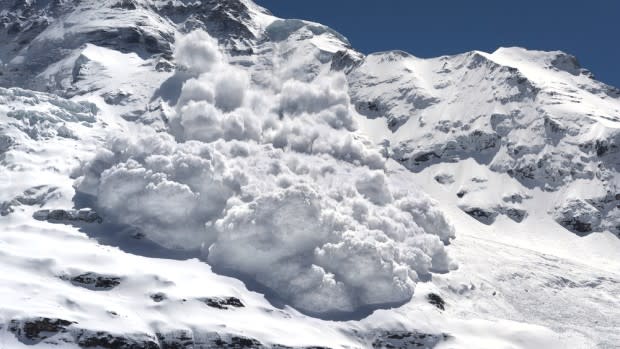Ski Patrol Releases Large Avalanche At New Zealand Ski Resort
New Zealand Avalanche Advisory (NZAA) has shared a video of a size 3 persistent slab avalanche that was triggered by ski patrollers at Treble Cone, one of the country's most popular ski areas.
Check out the video below followed by a detailed explanation of the observation and what it means for New Zealand's snowpack:
NZ Avalanche Advisory: "This large, destructive Persistent Slab was triggered by our friends at Treble Cone Ski Area on Thursday, 3rd August. Treble Cone is in the Wanaka Forecast region.
In this video, you can see some classic signs of persistent slab avalanches. The first is how deep the failure was (2 metres‼️) and the fact the blocks stayed intact for the first part of the video. The stiff small car and refrigerator size blocks are very typical of persistent slab avalanches and cause them to be very large and destructive.
A massive thanks to Treble Cone Ski Patrol for sharing this information and to all ski patrols for working hard keeping the ski areas safe for all the days we recreate in bounds 🫡🤙⛑️"
As stated in the caption, Treble Cone is in the Wanaka Region of New Zealand Avalanche Advisory's avalanche forecasting zones. NZAA currently lists the avalanche risk for the Wanaka Region as 'Level 3- Considerable'.
NZAA is stressing that a persistent weak layer is to blame for the elevated avalanche risk across the region-
"Many questions remain regarding Persistent Weak Layers. Stay away from steep, complex ground until more is known. If you venture out on Friday, select terrain with great care and adopt a very cautious approach. Moderate angled, wide open slopes will be a wise option if you wish to stay out of trouble."
To all of our friends in New Zealand- stay safe out there! It might be wise to stick to the pistes for the time being.
Keep reading for more information about persistent weak layers.

Persistent weak layers are a common cause for avalanche activity across the globe, but what are they? Read the definition for Avalanche Canada below:
"A persistent weak layer is a weak layer in the snowpack that resists forming a strong bond to neighbouring grains in the snowpack over an extended time period. They can be composed of surface hoar, facets, or depth hoar."
In ski bum terms- a weak layer of sugary snow is buried by heavier, typically wetter snow. The heavier snow begins to settle on top, but the weak layer is unable to support it. The heavy snow falls/slides when enough energy disturbs it.
For our American audience, please click here to register for an AIARE class to learn more about avalanche safety and snow knowledge.
Don't miss another headline from POWDER! Subscribe to our newsletter and stay connected with the latest happenings in the world of skiing.
We're always on the lookout for amusing, interesting and engaging ski-related videos to feature on our channels. Whether you're a professional or just an amateur, we want to see your best footage and help you share it with the world. Submit your video for a chance to be featured on POWDER and our social channels. Be sure to subscribe to our YouTube channel to watch high-quality ski videos.
